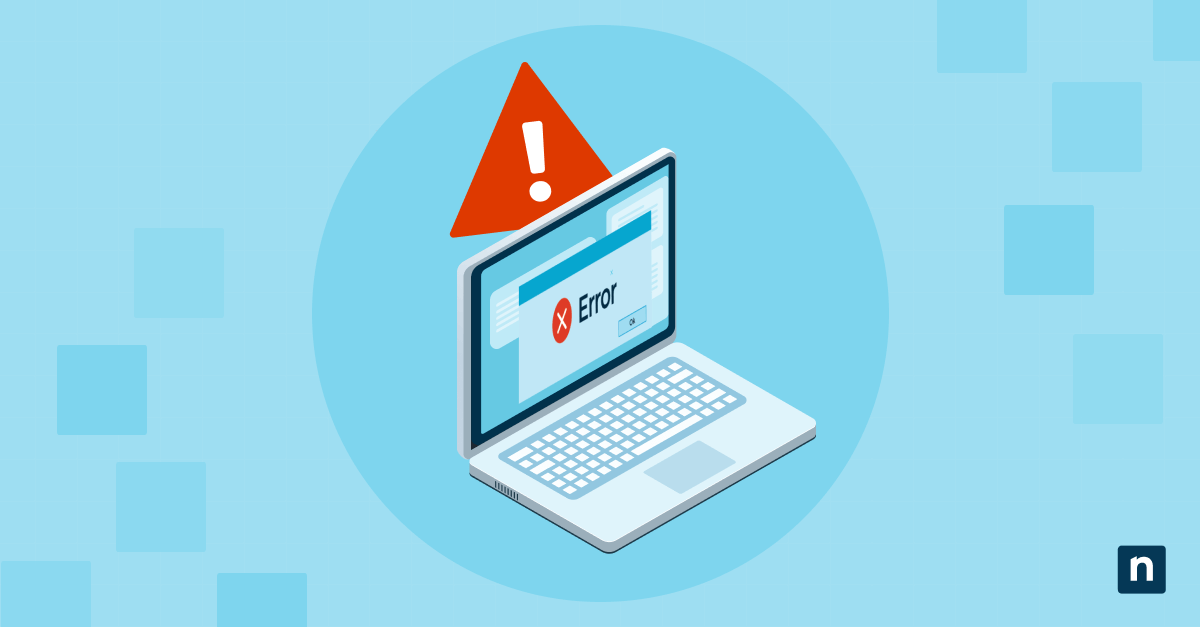With today’s technological advancements, understanding key IT fundamentals is a must to enhance business efficiency. In this article, you will learn what network switches are, their best practices, and the requirements you need in choosing the right network switch for your business. Let’s get started!
Matching network switch capabilities to business requirements
Network switches serve as the central connection points for devices in your local area network, facilitating communication between computers, servers, printers, and other networked equipment. When evaluating potential switches, consider both your immediate operational demands and long-term growth projections.
Throughput and port density
The throughput capacity and port density of your network switch can have a direct impact on your daily operations and user experience. Throughput represents the actual data processing capability of the switch, measured in packets per second or gigabits per second, while port density refers to the number and types of connections available on a single device.
For smaller office environments with 10-50 users, a switch offering one Gbps ports with 24 or 48 connections is typically sufficient. Larger enterprises or organizations with high-bandwidth applications need more robust solutions.
To determine your actual throughput needs:
- Conduct a baseline measurement of current network traffic during peak hours.
- Identify the types of applications running on your network and their bandwidth requirements.
- Calculate the number of concurrent users and their typical data consumption patterns.
- Add a growth buffer of 30-50% to accommodate future expansion.
Consider specialized applications, such as video conferencing or large file transfers, that may generate traffic spikes.
Future-proofing infrastructure investments
Network infrastructure represents a significant capital investment, making longevity and adaptability key considerations when selecting network switches. Future-proofing your network goes beyond simply purchasing the highest-capacity equipment available — it requires a strategic assessment of emerging technologies.
Evaluate switch platforms based on their upgrade paths and expansion capabilities. Modular systems offer advantages for growing organizations, allowing you to add ports or features without replacing the entire switch.
Technical specifications that impact network performance
Key switch specifications such as latency, backplane capacity, and buffer size directly affect network speed, stability, and traffic handling. Low latency, for instance, is critical for real-time applications, while high backplane capacity ensures sufficient internal bandwidth and adequate buffer size prevents packet loss during traffic spikes.
These factors are especially important in environments with bursty traffic or time-sensitive applications.
Layer 2 vs. Layer 3 switching capabilities
Understanding the fundamental differences between Layer 2 and Layer 3 switches helps you make informed decisions when designing your network infrastructure.
Layer 2 switches operate at the data link layer of the OSI model, forwarding traffic based on MAC addresses. These switches excel in simple network environments where basic connectivity is the primary requirement. With their lower latency and typically reduced cost compared to more advanced options, Layer 2 switches provide an economical solution for many small to medium businesses with straightforward networking needs.
Yet as your organization grows, network complexity often increases alongside it. This is where Layer 3 switches become valuable assets. Unlike their Layer 2 counterparts, Layer 3 switches incorporate routing functionality, making decisions based on IP addresses rather than just MAC addresses. This additional capability proves essential in environments requiring traffic segmentation, inter-VLAN routing, or advanced quality of service features.
PoE capabilities for connected devices
Power over Ethernet (PoE) functionality delivers both data and electrical power through a single Ethernet cable. This capability eliminates the need for separate power supplies and electrical outlets for devices like IP phones, wireless access points, security cameras, and IoT sensors.
When evaluating PoE switches, pay careful attention to both the PoE standard supported and the power budget available:
- PoE (802.3af) provides up to 15.4W per port for basic devices such as VoIP phones and entry-level cameras.
- PoE+ (802.3at) delivers up to 30W per port, supporting more demanding equipment, like pan-tilt-zoom cameras and advanced wireless access points.
- PoE++ (802.3bt) can supply up to 60W or 100W, depending on the implementation, powering high-performance equipment such as video conferencing systems and digital signage.
How to choose a network switch for specific environments
Different operational environments present unique challenges and requirements for network infrastructure. The optimal network switch configuration for a large enterprise campus differs significantly from what works best for a small business or remote office location.
Enterprise campus vs. data center requirements
Enterprise campus networks prioritize user connectivity across distributed locations, supporting a diverse range of client devices, from laptops to IoT sensors, with varying application needs. While these environments benefit from switches with robust PoE capabilities and advanced security features, they also require flexible management options that accommodate geographic spread and changing user demands.
Data center environments, by contrast, require switches with higher port densities and ultra-low latency to handle intensive server-to-server traffic that drives modern applications. These networks must support virtualization workloads, high-speed storage protocols, and throughput requirements that often exceed hundreds of gigabits per second.
Small business networking solutions
Small business environments require network switches that balance performance, manageability and cost-effectiveness. For small businesses, managed switches offer significant advantages over unmanaged alternatives despite their higher initial cost. Managed switches provide visibility into network traffic, allow for VLAN configuration and offer security features that protect business assets.
Network switching best practices
Documentation, testing, and standardized procedures form the foundation of successful network deployments that meet both current requirements and future growth needs. Regular security audits and performance monitoring help identify potential issues before they impact critical business operations.
Testing methodologies before deployment
Thorough testing before production deployment helps identify potential issues when they’re easiest to resolve. A structured testing process validates that your network switch configuration meets performance, compatibility, and security requirements under various operational conditions.
Your testing protocol should include these key elements:
- Verify basic connectivity and port functionality with simple ping tests.
- Test VLAN configuration and isolation between network segments.
- Validate spanning tree or other loop prevention mechanisms.
- Measure throughput under various load conditions using traffic generators.
- Confirm compatibility with existing network devices and applications.
Documentation and baseline performance metrics
Comprehensive documentation and performance baselines provide the foundation for effective network management and troubleshooting. Detailed records of switch configurations, performance characteristics, and network topology help maintain consistency across your infrastructure while facilitating faster problem resolution.
Establish baseline performance metrics during initial deployment when the network is functioning optimally. These measurements provide valuable reference points for evaluating future performance and identifying potential issues before they impact users.
Advanced switch features worth the investment
Today’s switches go far beyond basic port connectivity, offering features that improve performance, security and manageability. When assessing premium options—like Layer 3 routing, automation support or deep packet inspection—factor in long-term value and operational efficiency, not just the upfront cost.
Software-defined networking integration
Software-defined networking (SDN) capabilities separate the control plane from the data plane. This architectural approach enables centralized network management, programmability and automation that can significantly reduce operational complexity in large environments.
Switches with SDN support allow for policy-based management across your entire network from a central controller. When evaluating SDN-capable switches, consider their compatibility with your preferred controller platform and the specific protocols supported, such as OpenFlow, NETCONF or RESTCONF.
Security features to protect network integrity
Advanced security features embedded in network switches form a foundational element in your defense-in-depth strategy. Modern switches protect against both external threats and internal misconfigurations through mechanisms like 802.1X authentication, MAC-based authentication and port security, while dynamic ARP inspection and DHCP snooping validate traffic against trusted sources to neutralize common Layer 2 attacks.
NinjaOne Network Switch Management
Take control of your network with NinjaOne’s remote switch monitoring. Get real-time visibility into performance, traffic and security alerts—all from one centralized console. Instantly detect configuration issues, spot hardware health problems and automate routine tasks like firmware updates and config backups.
Ready to simplify switch management and boost network reliability? Schedule a demo or start your free trial today.








